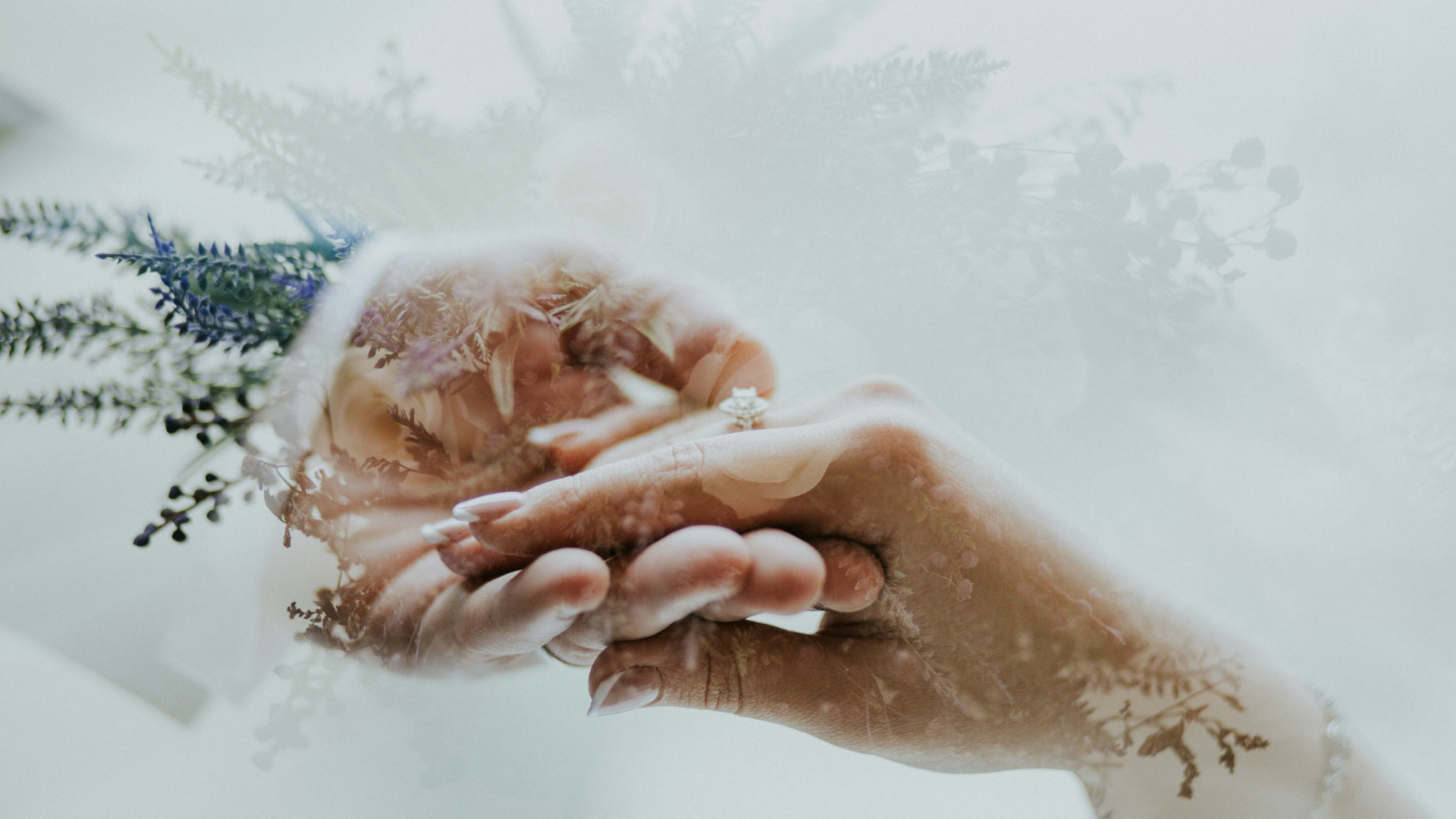- Joined
- Oct 5, 2006
- Messages
- 9,975
I bought two pairs of Tahitian pearl earrings today, one with peacock overtone and one with dark silver overtone. They're about the same size 9-10mm and both have mirror -like shine. They cost the same.
I showed them to my friend and she asked me how come I got the silver ones? I told her I didn't want both pairs to be the same, though one pair is to be given to my niece and the other for myself to keep. She said the ones with the green/ peacock overtone are more a bit more rare and should be more expensive/ sought after.
The shop will allow me to exchange the silver ones to another pair with peacock overtone - I called them and they said no problem.
So, should I do it? Which ones would you keep (this Q only applies to the second pair - the first pair with peacock overtone I'm already keeping to give to my niece)? Is my friend right? Are the peacock ones more valuable?
I showed them to my friend and she asked me how come I got the silver ones? I told her I didn't want both pairs to be the same, though one pair is to be given to my niece and the other for myself to keep. She said the ones with the green/ peacock overtone are more a bit more rare and should be more expensive/ sought after.
The shop will allow me to exchange the silver ones to another pair with peacock overtone - I called them and they said no problem.
So, should I do it? Which ones would you keep (this Q only applies to the second pair - the first pair with peacock overtone I'm already keeping to give to my niece)? Is my friend right? Are the peacock ones more valuable?









300x240.png)